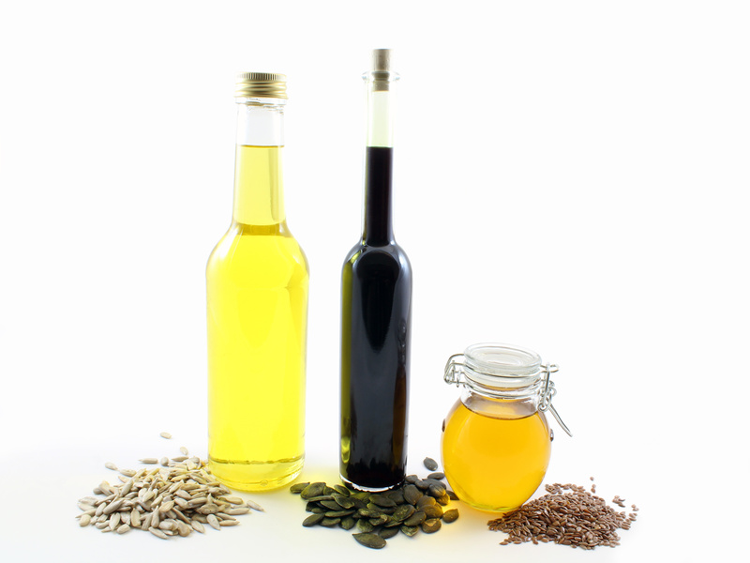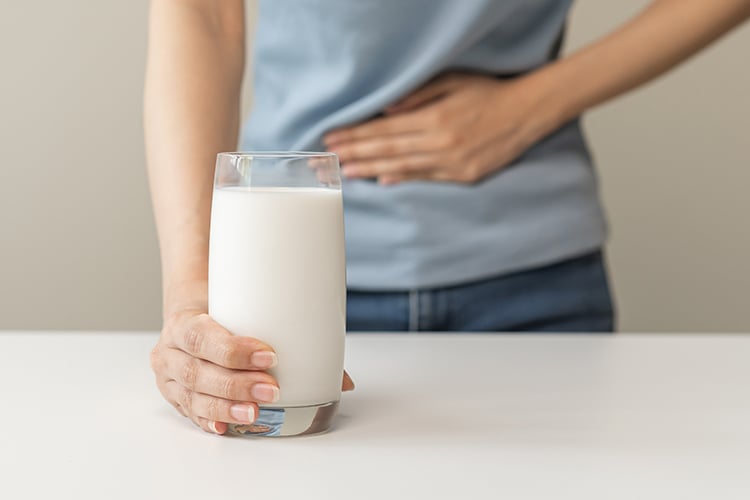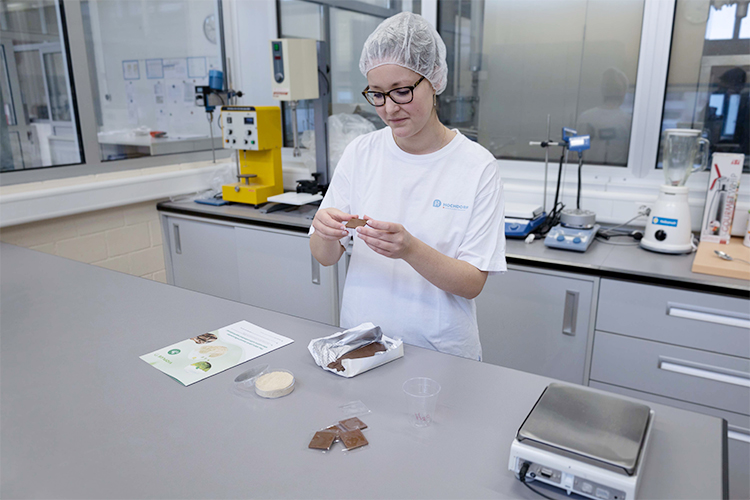
What are saturated and unsaturated fatty acids?
Fatty acids consist of a glycerine molecule and three fatty acid chains (hence the name triglyceride). The different fatty acids have chains of varying lengths consisting of combined carbon atoms with two bonds or "arms" where hydrogen atoms accumulate. We speak of saturated and monounsaturated or polyunsaturated fatty acids, depending on how the chain is constructed.
Saturated fatty acids: A fatty acid is saturated if a hydrogen atom accumulates on each free bond or "arm".
Monounsaturated fatty acids: Where not all bonds are saturated with hydrogen atoms, the neighbouring, free "arms" form a double bond. A monounsaturated fatty acid is formed.
Polyunsaturated fatty acids: If there are several double bonds, we can speak of polyunsaturated acids.
Unsaturated fatty acids are very healthy. Because they are unsaturated, so still have free places, they can still form new chemical compounds. The body can use unsaturated fatty acids to create other organic substances, such as binding free radicals and making them harmless for the body in the process.
Further Information









Leave a comment